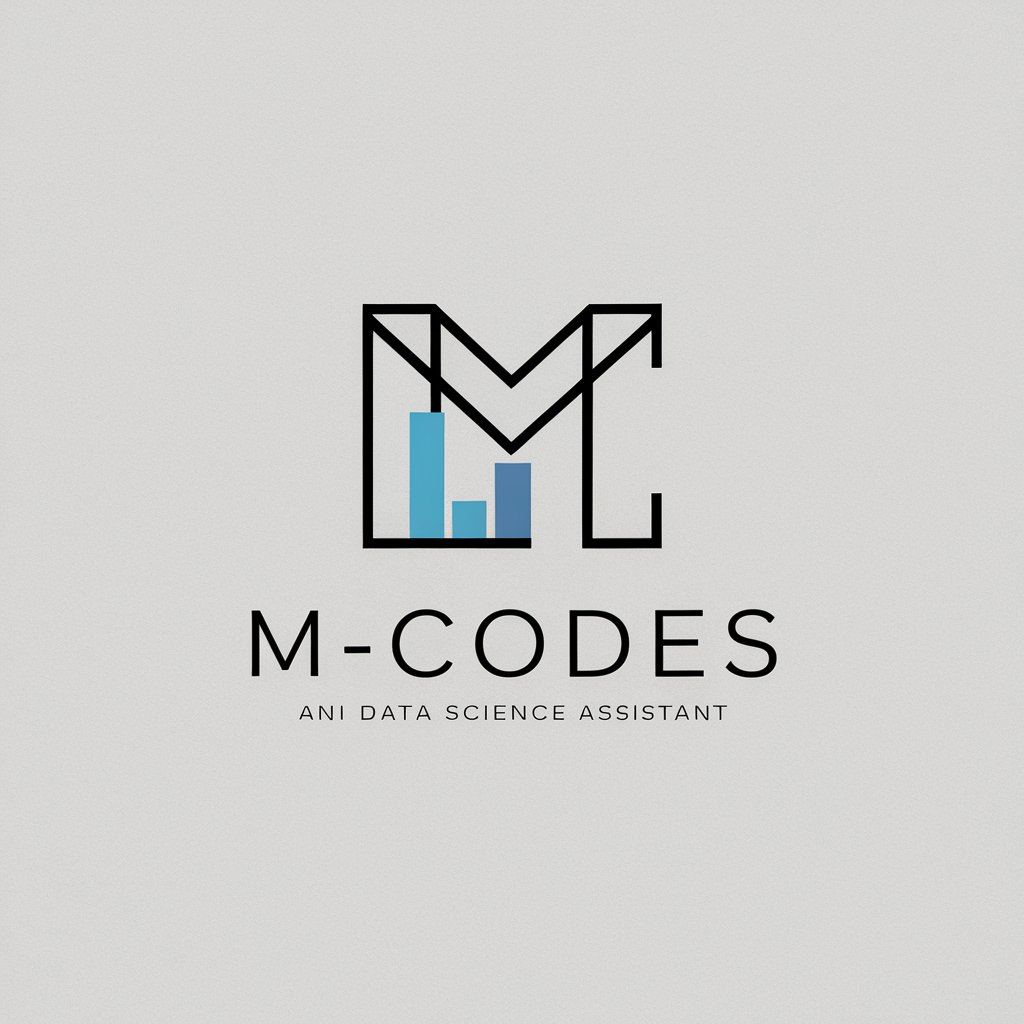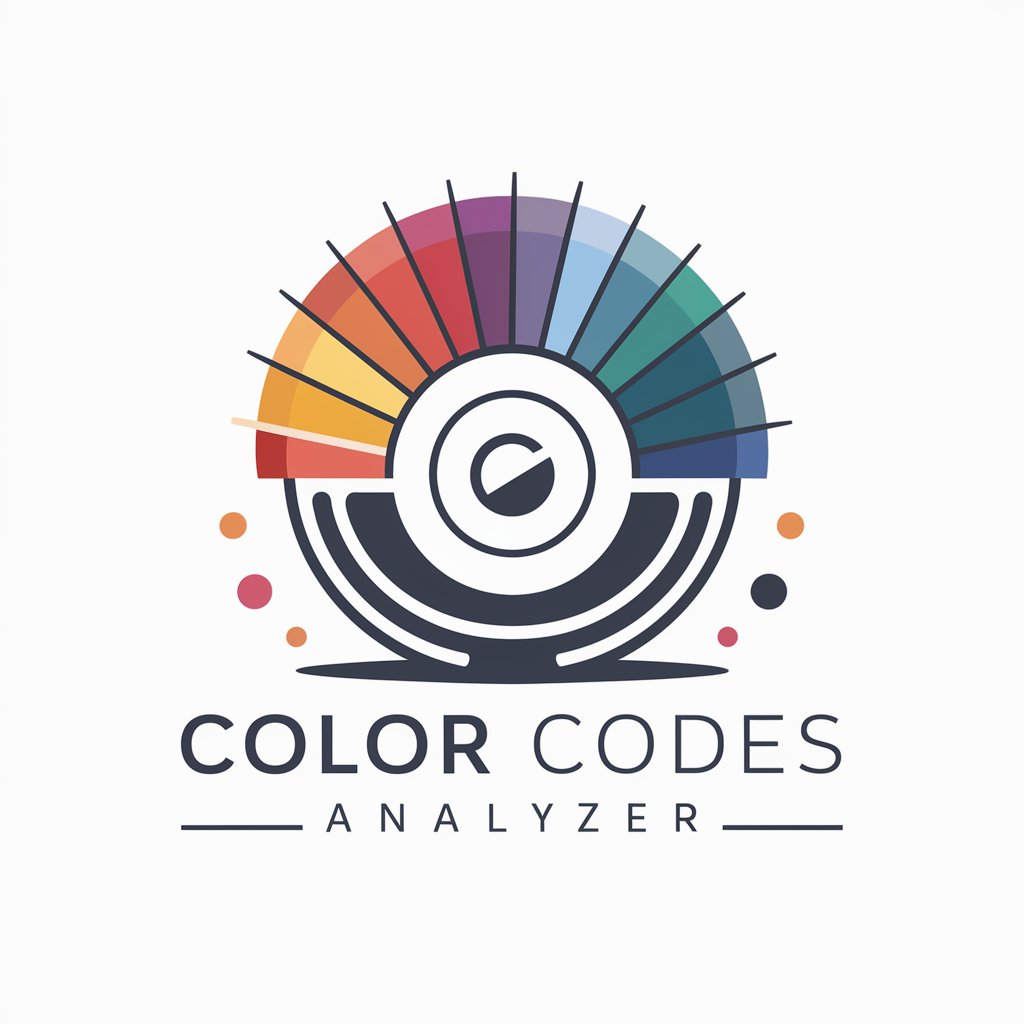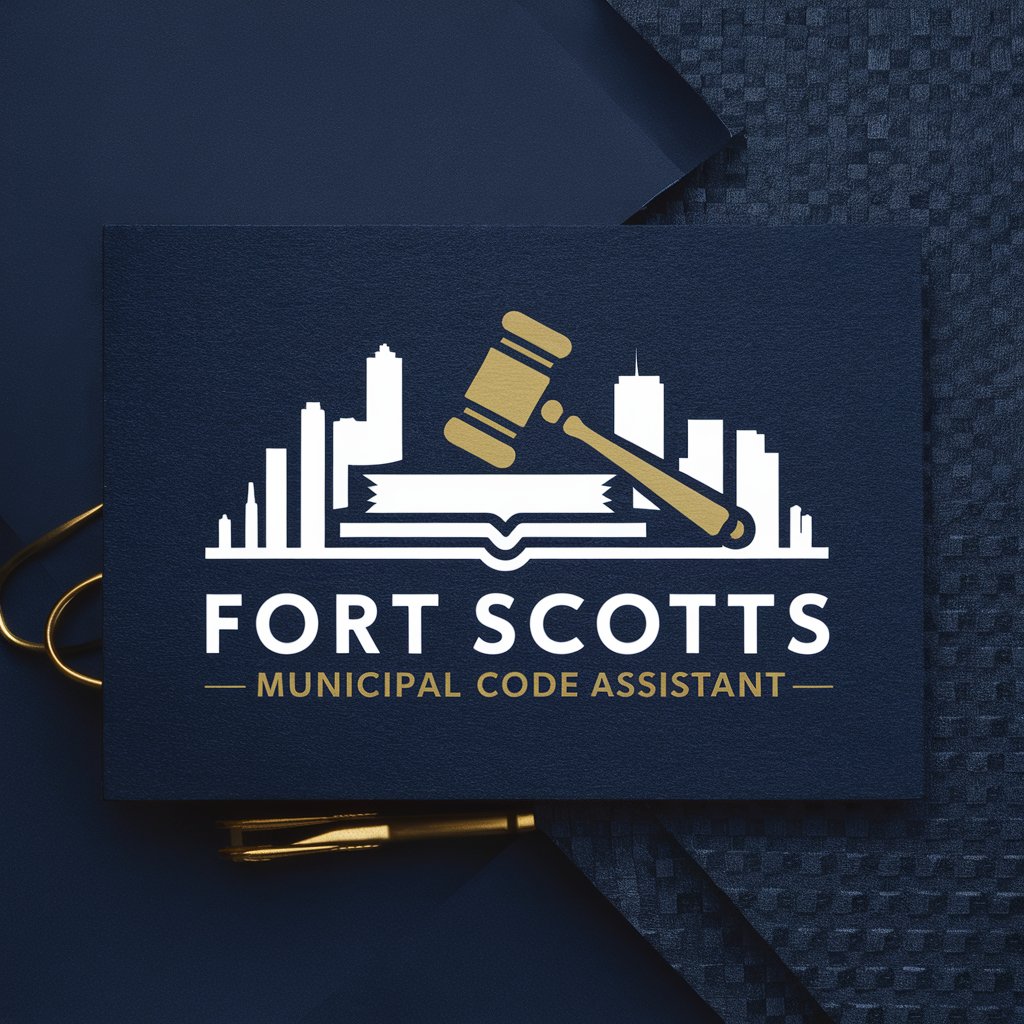Introduction au droit immobilier (DRT-1904) - Real Estate Law AI Guide

Welcome! Let's explore the fascinating world of real estate law together.
Navigate real estate law with AI-powered precision.
Explain the legal implications of property ownership under the Code Civil du Québec (C.c.Q.).
Describe the process and importance of obtaining a certificate of location from an arpenteur-géomètre.
What are the key zoning regulations that must be considered during the implantation process?
Discuss the role of the Loi sur l'aménagement et l'urbanisme in urban property management.
Get Embed Code
Overview of Introduction au droit immobilier (DRT-1904)
Introduction au droit immobilier (DRT-1904) is designed as a virtual professor specializing in real estate law, primarily focused on the Quebec Civil Code (C.c.Q.), Mining Act, Aeronautics Act, Urban Planning and Development Act, and other property-related regulations. It is crafted to assist students in business administration with a concentration in real estate management and those in urban and real estate management certificate programs. The system offers deep insights into property rights, land survey operations, demarcation, and location certificates provided by land surveyors. An example of its function is in teaching the intricacies of implantation, a surveying operation determining the future construction's placement, ensuring compliance with zoning regulations and legal restrictions. Powered by ChatGPT-4o。

Core Functions of Introduction au droit immobilier (DRT-1904)
Legal Education in Real Estate
Example
Explaining the legal framework governing real estate transactions, property rights, and development under the Quebec Civil Code.
Scenario
A student studying to become a real estate manager learns about the legal aspects of property transactions, including sales contracts, mortgages, and easements, and how these elements are influenced by Quebec law.
Surveying and Land Division
Example
Instruction on cadastral subdivision, demarcation, and the creation of location certificates.
Scenario
A future land surveyor accesses detailed content on the process of dividing land into plots, establishing property boundaries, and preparing location certificates necessary for real estate development.
Urban Planning and Development Compliance
Example
Guidance on zoning laws, building codes, and urban development standards.
Scenario
Urban planners and developers consult the system to understand how to design projects that comply with local zoning regulations, including setback requirements and permissible land uses.
Target Users of Introduction au droit immobilier (DRT-1904)
Real Estate Management Students
Business administration students specializing in real estate management can benefit from the detailed legal and regulatory framework provided, helping them understand the complex landscape of real estate law.
Urban and Real Estate Management Professionals
Professionals working in urban planning and real estate management will find the tool invaluable for staying updated on legal requirements, ensuring their projects comply with the latest regulations and standards.
Land Surveyors
Aspiring and practicing land surveyors can leverage the system to deepen their knowledge of surveying practices, legal implications of land division, and the preparation of location certificates.

How to Use Introduction au droit immobilier (DRT-1904)
Start your experience
Visit yeschat.ai to explore Introduction au droit immobilier (DRT-1904) through a free trial, with no login or ChatGPT Plus required.
Identify your needs
Determine which aspect of real estate law you need assistance with, such as property ownership laws, surveying operations, or urban planning regulations.
Engage with the AI
Interact with the tool by asking specific questions related to the legal framework of real estate in Quebec, including laws and bylaws.
Apply the insights
Use the information provided to enhance your understanding or to assist with real estate transactions, urban planning, or academic research.
Explore further
Utilize links and resources suggested by the AI to deepen your understanding and keep up-to-date with the latest in real estate law.
Try other advanced and practical GPTs
Email Assistant
Craft Perfect Emails with AI

Luxury Marketing Guru
Refining Luxury with AI

M-CODES
Empowering Analysis with AI

Color Codes Analyzer
AI-powered Color Insight

City Codes Assistant
Demystifying Fort Scott Codes with AI

Financial Statement GPT
Empowering Financial Insights with AI

Avocat juriste droit du travail FR 2024
Empowering Labor Law Decisions with AI

Droit du travail en Suisse
AI-powered Swiss labor law assistance

Droit Belge
AI-powered Belgian legal insights

Assistant Droit
Empowering Legal Understanding with AI

Dreamy Beans
Brewing creativity with AI-powered stories.

Benny Beans
Powering Espresso Expertise with AI

Detailed Q&A on Introduction au droit immobilier (DRT-1904)
What are the main legal frameworks covered by Introduction au droit immobilier (DRT-1904)?
This tool covers the Civil Code of Quebec, the Mining Act, the Aeronautics Act, and the Urban Planning and Development Act among others, focusing on how these regulations affect property rights and urban management.
How can this tool assist in understanding subdivision operations?
It provides detailed explanations of subdivision cadastral operations, including the legal requirements for dividing property into parcels, ensuring compliance with local zoning laws.
What is a certificate of location and how is it related to this tool?
A certificate of location, prepared by land surveyors, confirms a property's boundaries and compliance with regulations. This tool explains the process and legal implications of these certificates in property transactions.
Can this tool help with property disputes?
Yes, it offers guidance on resolving property disputes by referencing relevant legal statutes and case law, particularly in the context of boundary and usage disputes under Quebec law.
How does the tool update on new regulations or legal changes?
It integrates updates from legislative changes and new court rulings to provide current and accurate legal information relevant to real estate law in Quebec.
